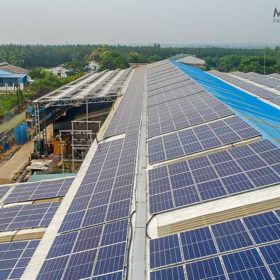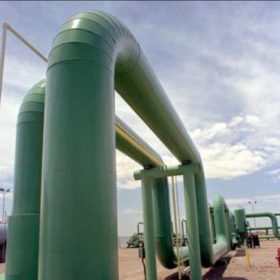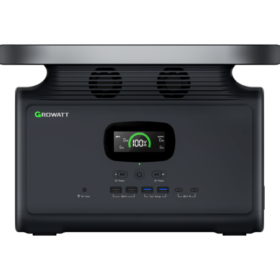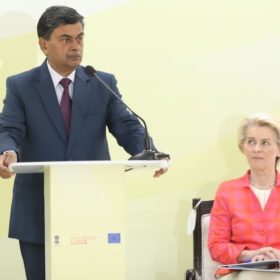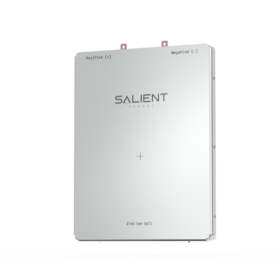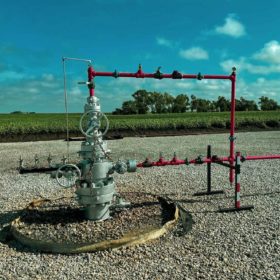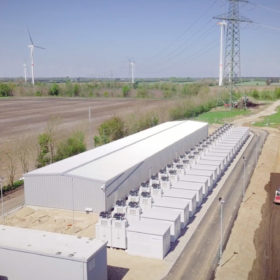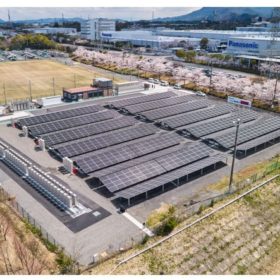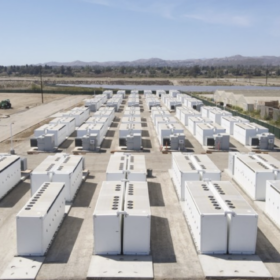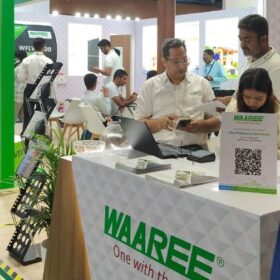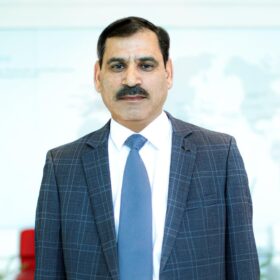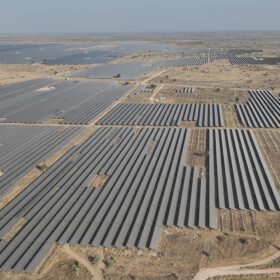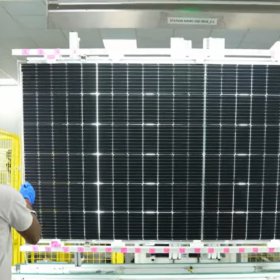MIT, NREL researchers develop 40%-efficient thermophotovoltaic cell for grid-scale thermal batteries
The device is described as a heat engine with no moving parts that is able to produce power from a heat source of between 1,900 to 2,400 C. This concept is known as thermal energy grid storage (TEGS) and consists of a low-cost, grid-scale storage technology that uses thermophotovoltaic cells to convert heat to electricity above 2,000 C.
Transforming the energy storage market
Ensuring pragmatic energy storage transformation is proportional to tweaking the current battery storage chemistry. Zinc battery technology is gaining traction, changing the prevailing energy storage dynamics.
Delhi discom deploys digital data platform for solar energy management
BSES Yamuna Power Limited has deployed a digital solution pilot project that predicts the energy demand at consumption points like electric vehicle charging stations and energy generation capacity at solar rooftops. This will help the utility plan to store excess energy by considering the distribution congestion and commercial aspects.
Norway’s Statkraft, Aker Horizons partner to explore green hydrogen and ammonia production in India
Norwegian renewable energy developer Statkraft has partnered Norway’s green investment company Aker Horizons to explore fully-integrated renewable power generation and green hydrogen production in India, targeting local steel and fertilizer industries.
Growatt unveils solar rechargeable portable power station
Chinese inverter maker Growatt has launched Infinity 1500, a portable power station for off-grid applications.
India calls for credit guarantee fund to drive solar adoption in electricity-deprived regions globally
RK Singh, India’s power minister, and president of the International Solar Alliance (ISA) Assembly, called on nations to support solar investments in developing and under-developed regions, including Africa, through low-cost finance and credit guarantee fund.
Zinc-ion battery for residential applications
Developed by Canadian start-up Salient Energy, the zinc-ion battery has a rated capacity of 60 Ah, a nominal voltage of 1.3 V, and a volumetric energy density of 100 Wh/L. The device measures 26cmx24cmx1.2cm and weighs in at 1.3 kg
Natural hydrogen – how it works and why companies are interested
Natural hydrogen is piquing interest. Sometimes referred to as “gold” or “white” hydrogen, natural hydrogen plants offer smaller carbon footprints than sprawling green hydrogen projects, with faster development times, according to Avon McIntyre, executive director of HyTerra.
NTPC tenders 10 MW/40 MWh of battery energy storage project in Telangana
Domestic bids are invited to develop a 10 MW of grid-connected battery energy storage system (BESS) project at NTPC Ramagundam power station on a turnkey basis. The plant should have 40 MWh (10 MW x 4 hours) of storage capacity. Bidding closes on May 23.
Panasonic combines fuel cells, batteries, PV to power factory in Japan
Japan’s Panasonic claims its new pilot solar-plus-hydrogen facility marks the first attempt to create a factory powered by 100% renewables, via the full-scale use of hydrogen.


